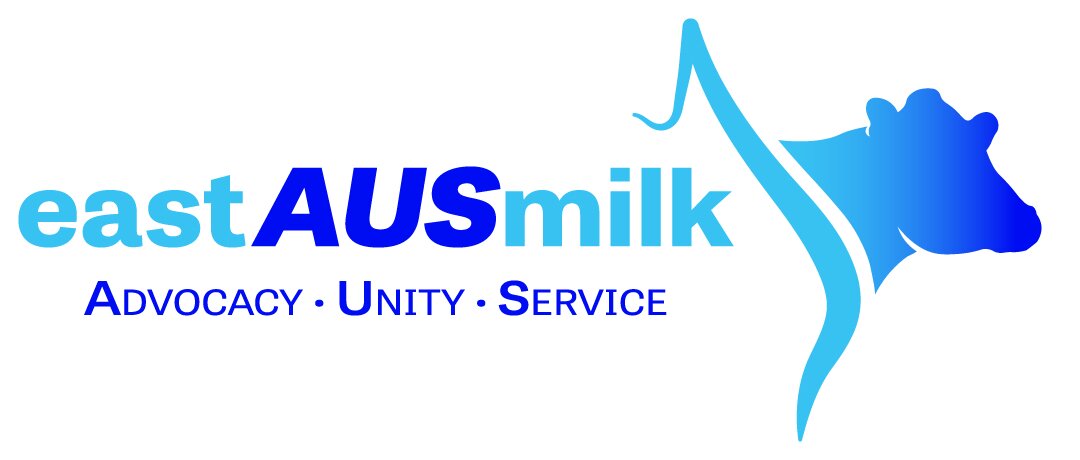Interest rates: What the latest rates hike means for farmers
After this week’s big jump in interest rates, see what it means for the agriculture industry and rural property prices.
Rising interest rates are unlikely to take too much of an edge off Australia’s record rural property prices and might not necessarily be bad news for agriculture, experts say.
CBRE Agribusiness managing director David Goodfellow said the Reserve Bank’s decision yesterday to lift the official interest rate by 50 basis points to 0.85 per cent, in a bid to help curb inflation, was “not unexpected” and not necessarily a bad thing for farmers.
Access to cheap loans has been touted as one of the key drivers, along with strong commodity returns and improved seasonal conditions, of a record rural property market in recent years. Farms in some parts of the nation have doubled in value in the past three years as cashed-up family farmers compete with domestic and international companies and funds to grow their businesses.
Rural Bank general manager sales partnerships and marketing Simon Dundon said despite the rise in the interest rate, supply still exceeded demand when it comes to farmland, continuing to buoy prices.
“I don’t think we’ll see much softening this calendar year,” Mr Dundon said.
“However, a change in commodity prices, the season or other impacts, the combination of those events could have an impact, but we’re still expecting robust land prices this year.”
Mr Dundon said interest rates would have more of an effect on the housing market when compared to farm land prices.
“The other thing is banks usually put in a buffer when we look at the serviceability of loans and new lending, about 2.5 to 3 per cent,” Mr Dundon said.
“And we’re not there yet, we don’t see that happening.”
Mr Goodfellow said declining interest rates had been a feature in Australia for the past 40 years and “at some stage there had to be at least a bit of a correction”.
He said comparing Australian Bureau of Statistics interest rates data with the consumer price index over the past 50 years showed interest rates generally followed inflation “because they are used as a tool to measure inflation”.
“When interest rates go up, it’s normally because inflation is going up. When inflation is going up … among other things, commodity prices are going up,” Mr Goodfellow said.
“What that does is give huge confidence that commodity prices will remain (strong).”
Mr Goodfellow said producers should take solace in the strength of prices for agricultural commodities, from wheat to young cattle.
“If you think about it this way, interest rate rises from 3 to 5 per cent per annum, on a business that’s 20 per cent leveraged, which is pretty common in Victoria … you only need a very small increase in the base price, or the wheat price, to offset that,” Mr Goodfellow said.
Meanwhile, the National Farmers’ Federation has warned positive numbers for Australian agricultural exports conceal the true cost of farming this season, as input costs continue to rise for primary producers, after the latest Australian Bureau of Agricultural and Resource Economics report forecast agricultural exports to reach $64.9 billion in 2022-23.
NFF president Fiona Simson said despite the promising figures, farmers were feeling the sting of rising input costs.
“Prices for fertiliser, fuel and power are on a rocket ride to the moon,” Ms Simson said.

